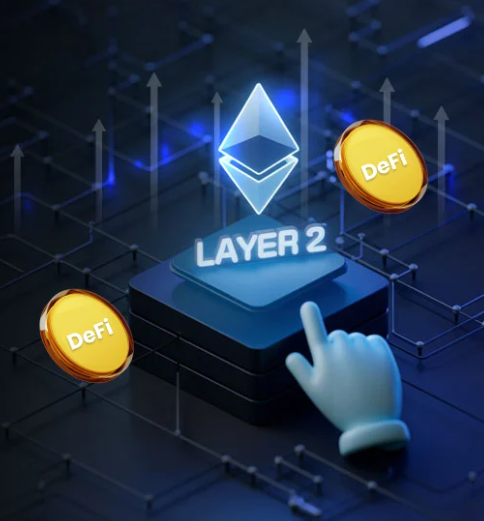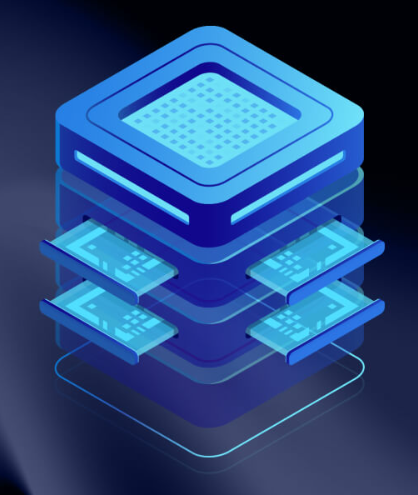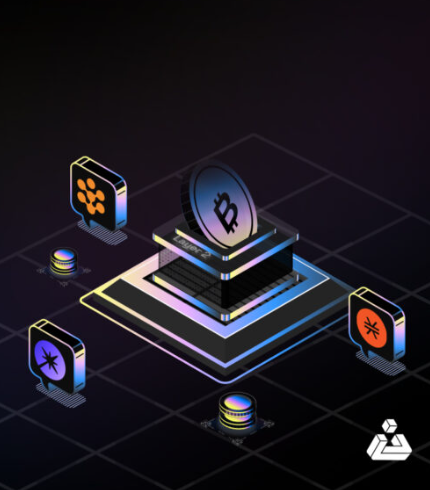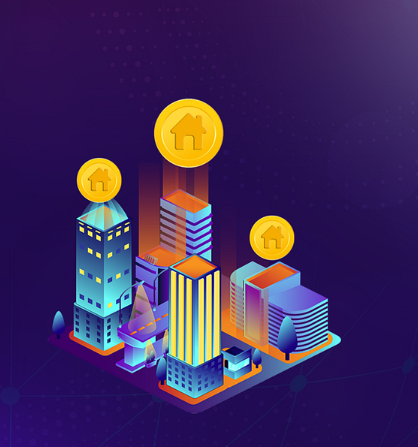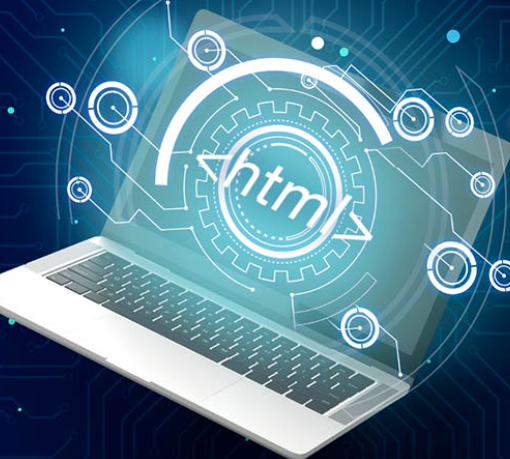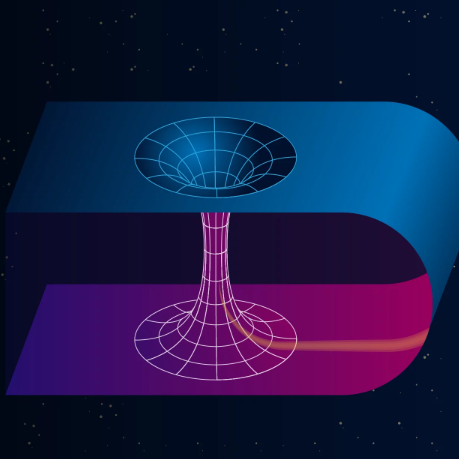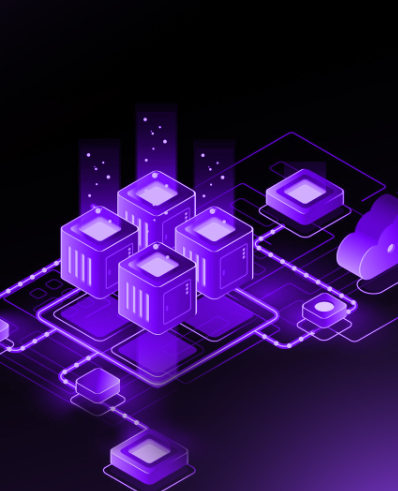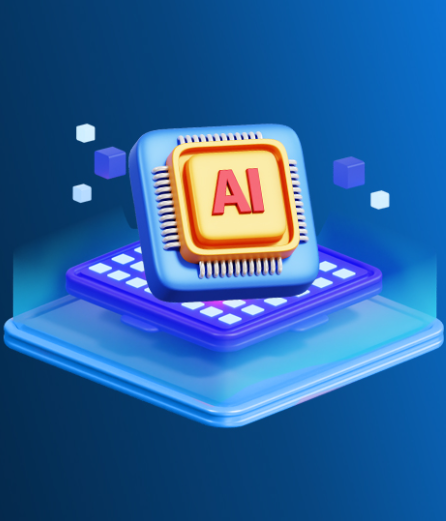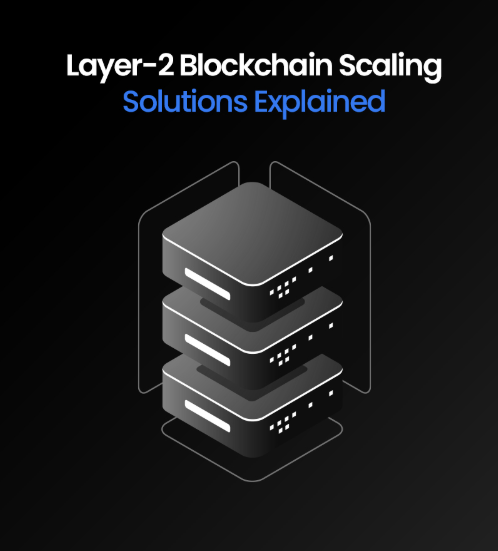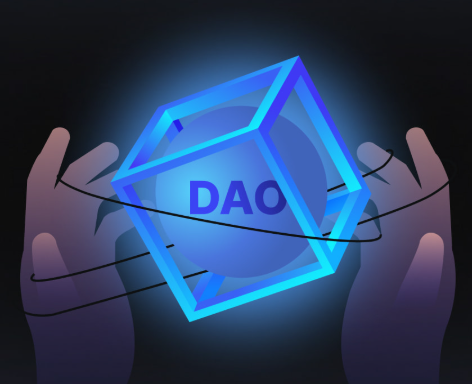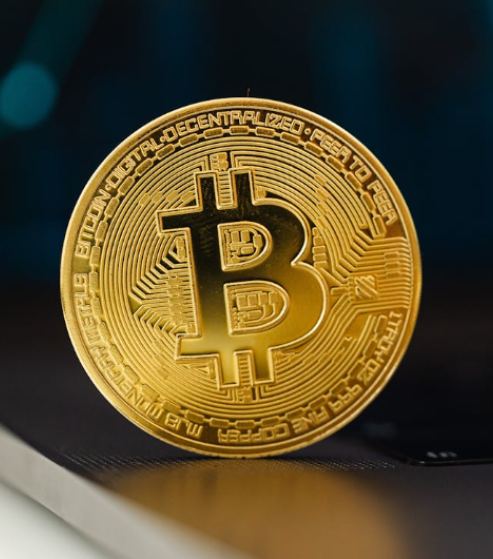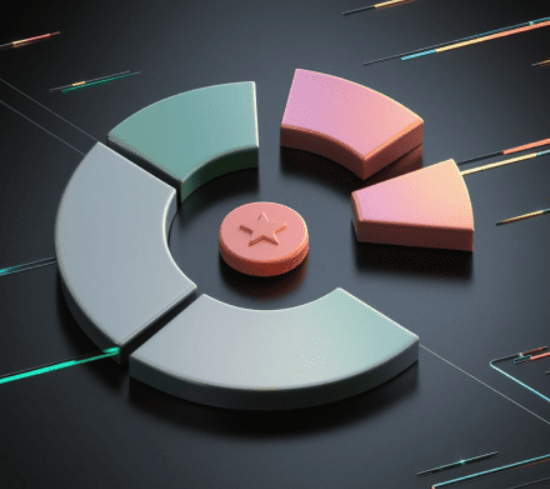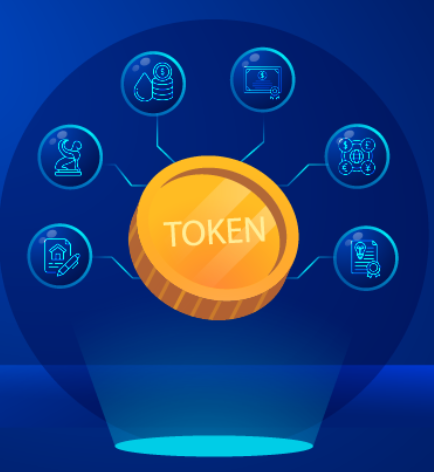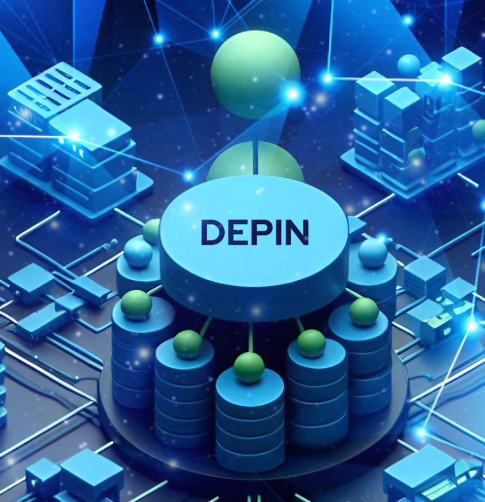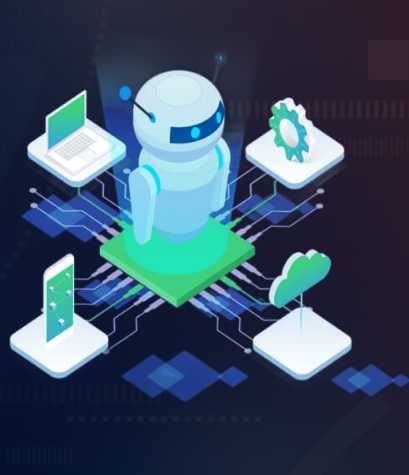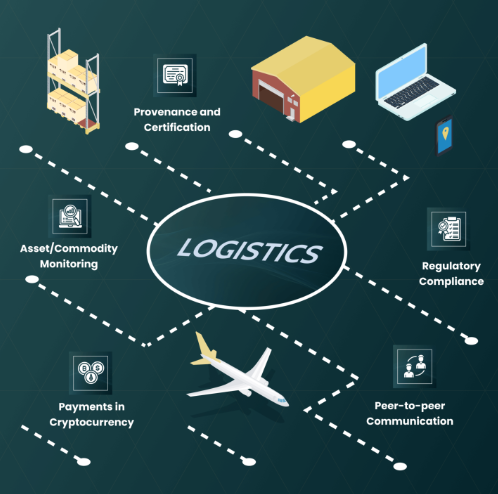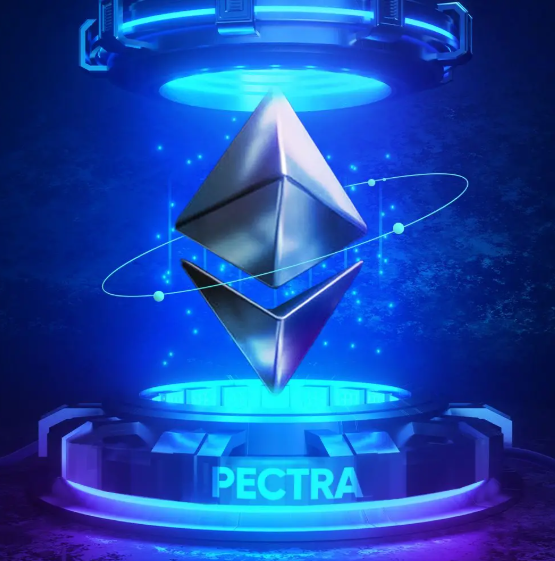
The world of blockchain has long been dominated by centralized control, with governments and major corporations overseeing the management and development of infrastructure. However, the emergence of Decentralized Physical Infrastructure Networks (DePIN) is shifting the balance of power in this domain.
DePIN offers a revolutionary model that utilizes blockchain, tokenization, and smart contracts to decentralize the management of infrastructure. This new approach allows a distributed network of participants to collectively manage and maintain essential services such as energy grids, telecommunications, and data storage systems.
How DePIN Works
DePIN operates by leveraging blockchain to establish a decentralized platform for sharing physical resources. Picture it as a peer-to-peer network, empowering communities to directly engage in the infrastructure economy. Whether it’s contributing unused computing power or providing storage, individuals and organizations can now participate in and benefit from the infrastructure space.
What Makes DePIN Stand Out?
A 2023 report from Messari predicted that the DePIN market could surge to a remarkable $3.5 trillion by 2028. This indicates a major shift in how we build and manage physical infrastructure. Let’s explore the defining features of DePIN that set it apart from traditional models:
- Decentralization and Tokenization:
DePIN thrives on decentralization, distributing control across a wide network of users. This fosters a transparent and community-driven process. Tokenization plays a key role by incentivizing participation. Individuals contributing resources such as bandwidth, energy, or storage are rewarded with tokens, which they can use to access the network or participate in governance. Tokens thus not only serve as rewards but also as a governance tool, giving users a voice in how the network operates. - Accessibility and Scalability:
DePIN lowers the barriers to access infrastructure, enabling a wider range of users to benefit from services previously reserved for large corporations. This democratization makes DePIN an inclusive model for businesses and individuals alike. Built on blockchain, these networks are scalable, capable of adjusting to growing user demands while maintaining high levels of transparency and security. - Community-Driven Development:
Unlike traditional infrastructure, which is often dictated by a central authority, DePINs are driven by the needs and actions of the communities that use them. This fosters innovation and encourages resilience, as participants are directly invested in the network’s success.
Challenges and Risks in DePIN
While DePIN offers exciting possibilities, it also faces several hurdles that could impede its widespread adoption:
- Hardware Integration:
DePIN involves a diverse range of physical devices, each with unique specifications. Ensuring these devices can seamlessly integrate across various manufacturers and standards is a key challenge. Additionally, maintaining network security and data integrity is critical, requiring robust security measures and stable network connections between devices. - Regulatory Frameworks:
Many regulations were designed with centralized systems in mind, which may not be applicable to the decentralized nature of DePIN. Governments need to update existing laws to encourage innovation while ensuring consumer protection. Moreover, because DePINs often operate across borders, international cooperation is essential to create a regulatory environment conducive to growth. - Scalability and Efficiency:
As DePIN networks grow, ensuring they can accommodate an expanding user base will require highly efficient infrastructure and scalable protocols. Solutions like layer-2 and layer-3 blockchain technologies, as well as sharding, will be crucial to maintaining decentralization without sacrificing performance or cost-effectiveness. - Interoperability and Standardization:
Currently, many DePIN projects operate on separate blockchains, each with its own set of rules. Interoperable solutions, such as cross-chain bridges, will be necessary to ensure these networks can work together. Additionally, establishing common technical standards will promote seamless integration and attract more developers to the DePIN ecosystem.
Notable DePIN Projects
Several DePIN projects are already making strides in decentralizing various sectors:
- Fone Network: A blockchain designed for mobile devices, Fone Network aims to create an easy-to-use transactional platform. It has over 5.4 million downloads and 120,000 active users, emphasizing community involvement and engagement.
- Filecoin: A decentralized storage network, Filecoin allows users to contribute unused storage space in exchange for tokens. This model enhances data security and privacy, offering a viable alternative to traditional cloud storage.
- Helium: Helium has created a decentralized wireless network for Internet of Things (IoT) devices. It incentivizes users to deploy and maintain network infrastructure, offering low-cost, long-range connectivity for global data transmission.
Final Thoughts
DePIN is a groundbreaking approach to managing and sharing physical infrastructure. By decentralizing control and enabling tokenization, it promises to democratize access to essential services like data storage and telecommunications. However, challenges such as hardware integration, regulatory issues, and scalability need to be addressed for DePIN to reach its full potential.
With strategic support and collaboration, DePIN projects have the opportunity to reshape industries across the globe. Organizations like TDeFi, offering mentorship and resources, can help these projects navigate the competitive Web3 space and emerge as leaders in the DePIN ecosystem.





